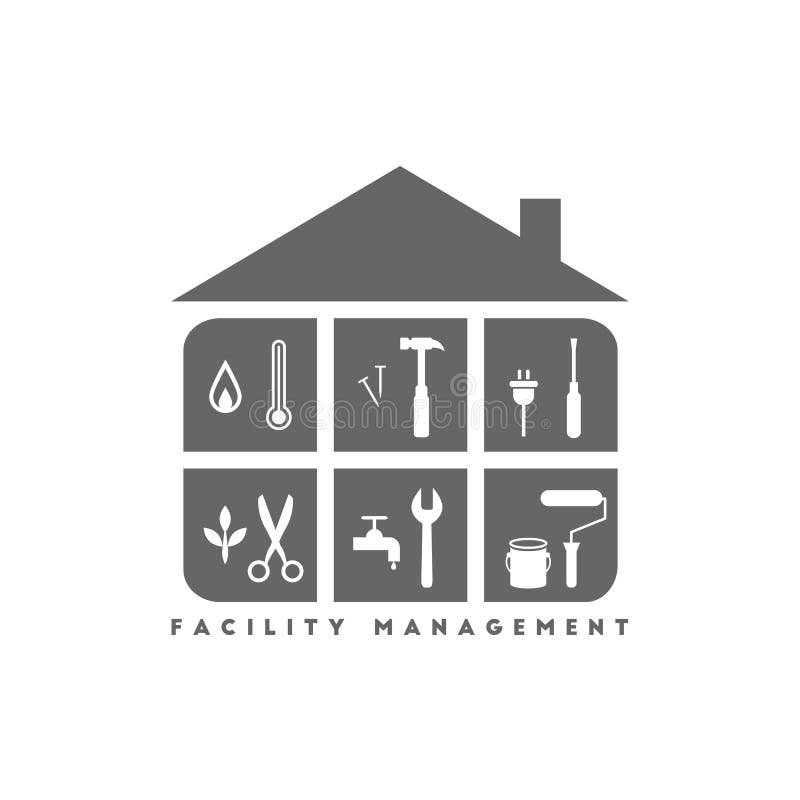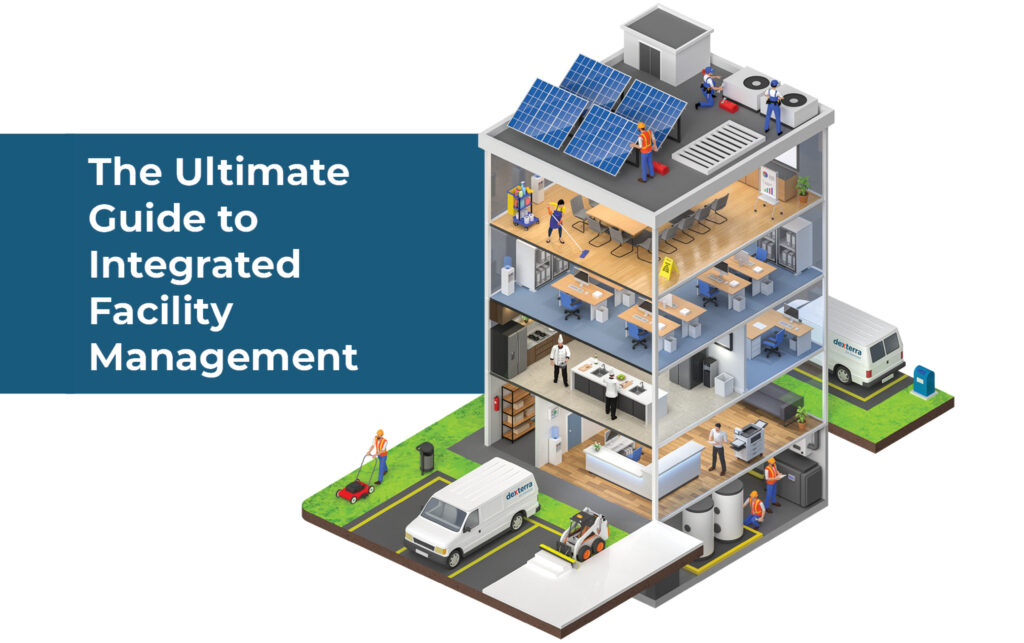Top Benefits of Total Facility Management for Streamlined Procedures
Total Facility Management (TFM) stands for a tactical strategy to improving operational effectiveness by integrating different services, such as upkeep and security, under a unified management framework. The concern remains: what certain advantages can companies harness from embracing TFM, and just how might these benefits change their operational landscape?
Improved Operational Effectiveness
Enhanced operational performance is a primary advantage of implementing total facility management (TFM) methods. TFM incorporates a comprehensive approach to handling a facility's sources, processes, and facilities, inevitably enhancing procedures. By consolidating different solutions-- such as upkeep, cleansing, security, and space management-- TFM enhances and reduces redundancies sychronisation amongst various functional features.
The assimilation of technology further enhances this effectiveness. Advanced facility management systems supply real-time information analytics, making it possible for facility supervisors to make enlightened choices that boost workflow and resource allocation. Predictive maintenance techniques, as an example, anticipate equipment failures prior to they take place, reducing downtime and extending property life-span.
In addition, TFM advertises standard processes across different departments, guaranteeing consistency and quality in solution distribution. This harmony minimizes operational disruptions and fosters an extra joint functioning atmosphere. Because of this, employees can concentrate on their core duties, driving efficiency and improving overall efficiency.

Cost Decrease and Savings
Carrying out total facility management (TFM) not only improves operational performance but likewise significantly adds to set you back reduction and cost savings. By settling different solutions under a single management structure, organizations can eliminate redundancies and streamline processes, consequently minimizing operational expenses. TFM makes it possible for far better purchase strategies, permitting firms to discuss bulk acquiring agreements with vendors and company, leading to lower rates.
In addition, TFM emphasizes preventative upkeep, which minimizes unforeseen failures and extends the life-span of essential equipment. This positive technique not just lowers repair costs however likewise improves the dependability of facilitiess, making certain nonstop procedures. Additionally, power efficiency initiatives, frequently an essential focus of TFM, result in substantial savings on utility bills, as facilitiess are maximized for lowered power intake.
Improved Source Management
Effective resource management is a keystone of total facility management (TFM), enabling companies to maximize using their possessions and workforce. By executing TFM techniques, organizations can comprehensively analyze their source allowance, making sure that every possession is utilized successfully and properly. This alternative method permits the recognition of underperforming sources and the capacity for reallocation or improvement.
Furthermore, TFM assists in the integration of technology for real-time surveillance of resources, which aids in forecasting maintenance demands and stopping expensive downtime. By leveraging information analytics, companies can make informed choices about source implementation, ultimately improving productivity and lowering waste.
Additionally, TFM promotes a society of continuous enhancement, encouraging groups to frequently evaluate and fine-tune their resource management techniques. Total Facility Management. This positive position not only decreases operational interruptions but likewise cultivates development, as staff members are equipped to recommend improvements based upon their direct experiences with resource use
Streamlined Interaction Channels
In total facility management, streamlined interaction networks play an important duty in fostering cooperation and efficiency across teams. Effective interaction makes certain that all stakeholders, including facility supervisors, upkeep staff, and company, are straightened with organizational goals and functional needs. By developing clear lines of interaction, groups can promptly address worries, share updates, and apply solutions, thereby reducing downtime and improving performance.
With systematized interaction platforms, information is easily available, permitting real-time updates on upkeep demands, source allowance, and task timelines. This openness not just lowers misconceptions yet additionally encourages staff members to make enlightened choices quickly. Streamlined communication facilitates better control throughout emergency situations, guaranteeing that all workers are informed and can react without delay.

Boosted Concentrate On Core Activities
A key benefit of total facility management is the boosted focus on core tasks, enabling companies to focus on useful content their key organization purposes - Total Facility Management. By contracting out non-core functions such as cleaning, safety and security, and upkeep, business can reroute their sources and power in the direction of strategic initiatives that directly add to their affordable benefit and growth
Total facility management incorporates various operational tasks under a single umbrella, fostering efficiency and lessening redundancy. This loan consolidation not just streamlines processes yet also boosts responsibility, ensuring that every aspect of the facility operates harmoniously without drawing away focus from what really matters-- core organization features.
In addition, this method allows workers to devote their time and efforts to jobs that drive innovation and improve consumer satisfaction, as opposed to getting stalled by operational challenges. With a trusted facility management partner handling daily operations, companies can achieve greater agility, react promptly to market changes, and preserve a sharper emphasis on their objective.
Inevitably, enhanced concentrate on core tasks causes enhanced total performance, allowing organizations to reinforce their market position and fulfill their calculated goals a lot more effectively. - Total Facility Management
Verdict
Finally, Total Facility Management dramatically improves functional performance by combining crucial solutions and leveraging information analytics for notified decision-making. Expense decreases and enhanced resource management contribute to general cost savings, while streamlined interaction networks foster collaboration among stakeholders. Read Full Report By permitting companies to concentrate on core tasks, TFM not just maximizes performance but additionally strengthens market positioning. The integration of these benefits highlights the relevance of TFM in attaining lasting operational quality.
Total Facility Management (TFM) stands for a calculated technique to boosting functional performance by incorporating different services, such as maintenance and safety, under a unified management framework.Enhanced operational efficiency is a key advantage of applying total facility management (TFM) strategies. Advanced facility management systems supply real-time information analytics, allowing facility managers to make enlightened choices that enhance process and resource allocation.Implementing total facility management (TFM) not just enhances functional effectiveness but additionally dramatically adds to cost decrease and financial savings.Efficient resource management is a foundation of total facility management (TFM), enabling companies to enhance the use of their properties and labor force.
Comments on “How Total Facility Management Boosts Workplace Efficiency and Operational Success”